Nurses at the bedside are experts in driving the safest, most effective patient care. In some cases, nursing assessment and clinical judgment suggest the need to apply restraints. A patient who is violent or self-destructive or whose behavior jeopardizes the immediate physical safety of him- or herself or another person may meet the behavioral health requirements for restraints. Examples of such behaviors include:
- hitting, kicking, or pushing
- pulling on an I.V. line, tube, or other medical equipment or device needed to treat the patient’s condition
- attempting to get out of a bed, chair, or hospital room before discharge, in patients who are confused or otherwise unable to follow safety directions.
Before using restraints, always explore alternatives for keeping the patient and others safe. When considering such options, discuss with the patient any conditions that may need to be addressed, such as pain, anxiety, fear, or depression. If distraction and other alternatives prove ineffective at calming the patient and he or she continues to pose a risk, consult with other healthcare team members. You may want to use an algorithm to help determine if your patient requires restraints. (access the author’s algorithm.) Placing a patient in restraints requires a consult from the behavioral health team to consider behavioral restraint options—for instance, certain medications, distraction, seclusion, blanket wraps, or manual locked restraints. If such options don’t apply to your patient, proceed with restraints applicable for nonviolent, nonself-destructive patients, such as mitts, soft wrist restraints, or a chest vest. (See Decision tree for nonviolent, nonself-destructive restraint.)
Restraint options
Which type of restraint to use depends on the patient’s behavior and condition.
Enclosure bed: A protective and calming restraint
Restraints, patient rights, and the confused patient
Hand mitts and freedom sleeves
If the patient is confused and impulsive and doesn’t follow directions but can be redirected, consider hand mitts to decrease grabbing ability. Or consider “freedom sleeves” (also called soft splints). These are a good deterrent for patients trying to remove a medical device from the face or head (such as a nasogastric tube or drain). With freedom sleeves, patients have difficulty bending their arms. Be aware, though, that the sleeves don’t necessarily prevent them from removing I.V. lines. Hand mitts and freedom sleeves let the patient move the arms up and down but limit the ability to bend and grab tubes or drains. They can be removed by unstrapping the hook-and-loop closures and sliding them off the arms. Be sure to monitor patients closely because they may try to remove these restraints themselves.
Enclosure bed
An enclosure bed helps prevent patient injury by stopping the patient from getting out of bed unassisted. It may be a good option for patients who meet the criteria for this bed. (For more information, read “Enclosure bed: A protective and calming restraint” in this issue.)
Chest vests and lap belts
Chest vests and lap belts (also called waist belts) may be warranted for confused or impulsive patients who are continually trying to get out of bed or a chair after repeated redirection, when it’s unsafe for them to get up unaided. Apply the vest or belt according to the manufacturer’s instructions. Fasten it securely to an immovable part of the bed or chair. Make sure you can easily slide your fingers underneath the vest or belt so it’s not too tight. It shouldn’t press uncomfortably against the skin, which could cause redness or impede expansion of the patient’s midsection during respiration. Instruct the patient to call for assistance when he or she wants to get up.
Limb restraints
Soft bilateral limb holders on both wrists may be appropriate for patients who are becoming increasingly agitated, can’t be redirected with distraction, and keep trying to remove needed medical devices. When device removal would pose serious harm to the patient and cause a significant setback to recovery, or if the patient is a physical threat to him- or herself or others, limb restraints help protect the patient and staff and remind the patient not to pull on the device. Typically, these restraints are used for patients in intensive care units who have endotracheal tubes, intracranial pressure monitoring devices, chest tubes, external fixators, skeletal traction, or other devices whose removal would imperil the patient’s health. In many cases, these patients are receiving sedatives or opioids to relieve pain and anxiety, impairing their safety awareness. In more extreme cases, patients who are severely agitated or intoxicated, are undergoing alcohol or drug withdrawal, or can’t follow safety directions may require arm and leg restraints, chemical restraint, or both. These methods should be used only for short periods. Monitoring requirements may call for one-to-one observation. Soft limb restraints are preferred, but locked cuff restraints can be used if soft restraints prove ineffective. Chemical restraints require a provider assessment and a one-time order with close patient monitoring. Four-point restraints, which restrain both arms and both legs, usually are reserved for violent patients who pose a danger to themselves or others. Caregivers may use a combination of chemical sedation and four-point restraints to calm the patient as long as he or she poses a danger. Monitor the patient in four-point restraints every 15 minutes. Know that these restraints must be reduced and removed as soon as safely possible. To reduce a four-point restraint, remove it slowly—usually one point at a time—as the patient becomes calmer. During removal, reorient the patient and contract with him or her for safe behavior.
A last resort
Keeping patients and others safe is extremely important, but restraints should be used only as a last resort. When they’re needed, choose the least restrictive restraint possible. Reassess a restrained patient continually and remove restraints as soon as possible. During the restraint episode, educate patients and their families about the restraints and keep them engaged in the care the patient’s receiving. Be sure to document your assessment findings and progress toward restraint removal to help “tell the story” of the restraint incident.
References
Centers for Medicare & Medicaid Services. State Operations Manual Appendix A – Survey Protocol, Regulations and Interpretive Guidelines for Hospitals. Revision protocol (09-26-2014). P.131 482.13(e)(8)(i). http://cms.gov/manuals/Downloads/som107ap_a_hospitals.pdf. Accessed November 15, 2014.
Huang YT. Factors leading to self-extubation of endotracheal tubes in the intensive care unit. Nurs Crit Care. 2009;14:(2):68-74.
Click here for information on distraction techniques and on applying restraints.
Christy Rose is a staff nurse in the surgical intensive care unit at Denver Health Medical Center in Denver, Colorado.

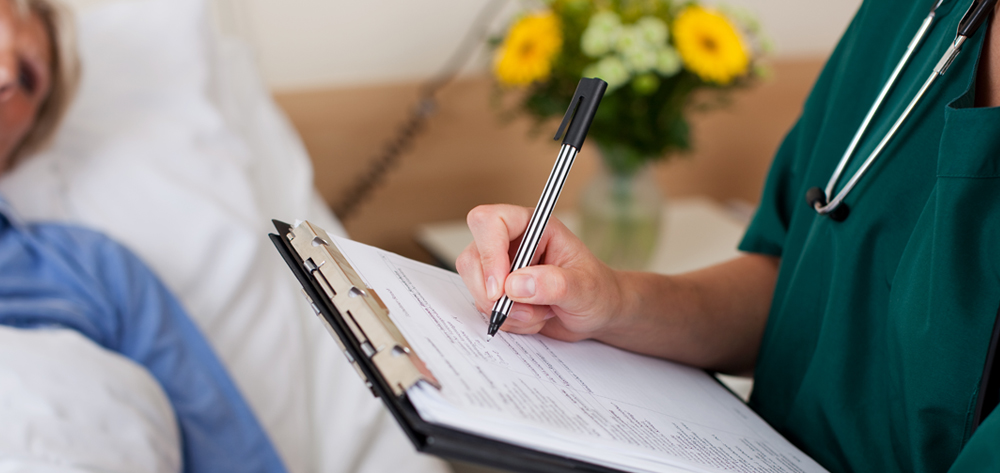






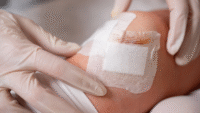
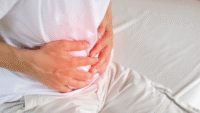
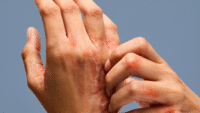

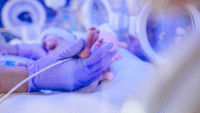
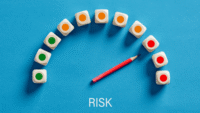



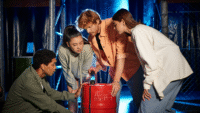

2 Comments.
My husband has very advanced Alzheimer’s. He cannot walk anymore. He constantly falls from getting up out of his wheelchair and has had some serious after effects from these falls. He has no idea of what he is doing. He constantly gets out of bed resulting in a fall. Why can some type of restraint be used for his safety. He needs something to protect him from himself??
Is a hand mitten that is not tied to the bed considered a restraint in 2013?